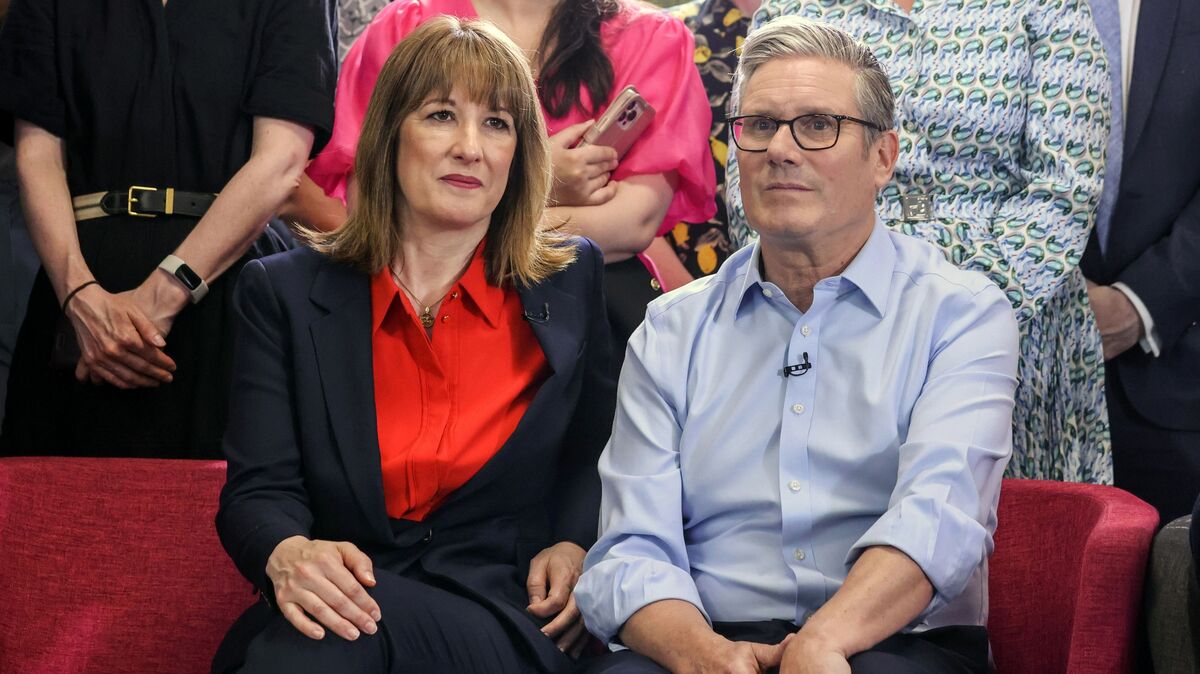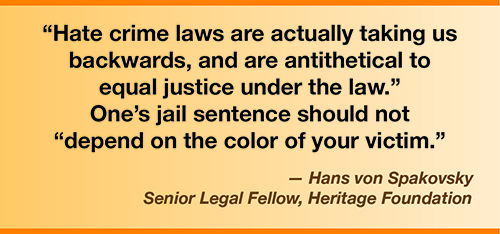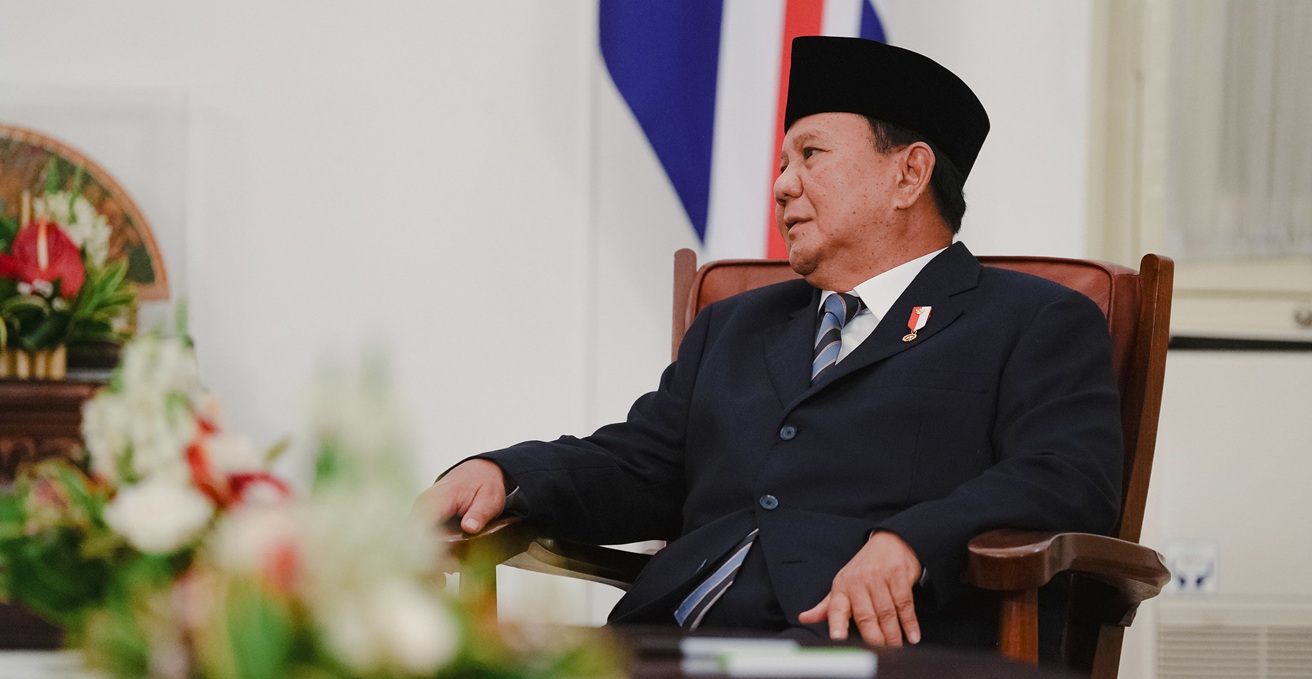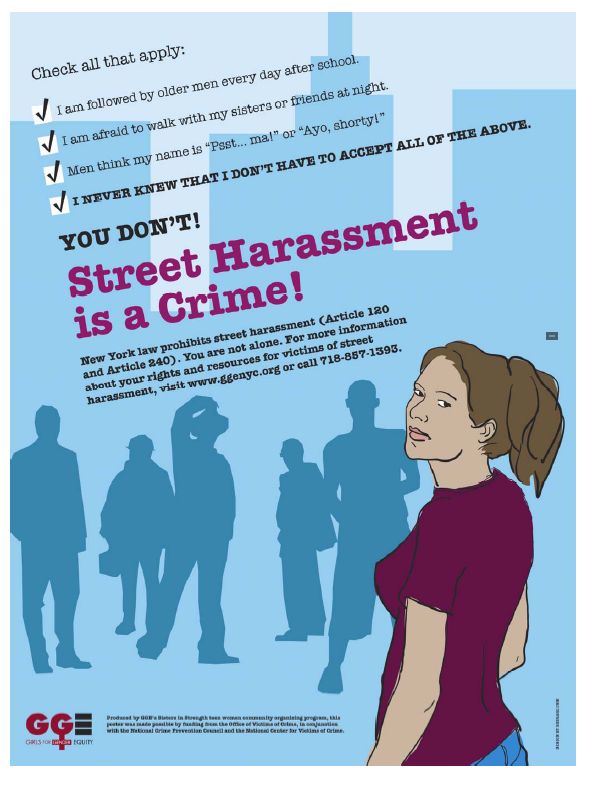Report on Leadership, Gender Equality, and Emotional Expression in the Public Sphere
Executive Summary
This report analyzes the recent discourse surrounding UK Chancellor Rachel Reeves’s public display of emotion, which has prompted widespread support from female business leaders. The incident and subsequent commentary are examined through the framework of the United Nations Sustainable Development Goals (SDGs), particularly focusing on the implications for gender equality, decent work, and strong institutions. The support from the business community signals a significant call to redefine leadership, challenge gender stereotypes, and foster more humane and inclusive professional environments, aligning with key global development objectives.
Analysis of Leadership Perceptions and Sustainable Development Goal 5: Gender Equality
Solidarity in Leadership and Challenging Stereotypes
Following the Chancellor’s appearance, a notable wave of solidarity emerged from female executives, directly addressing and challenging gendered expectations in leadership roles. This collective action strongly supports the ambitions of SDG 5: Gender Equality, which calls for women’s full and effective participation and equal opportunities for leadership at all levels of decision-making.
- Rain Newton-Smith, head of the CBI, reported that numerous female leaders conveyed messages of solidarity, framing the display of emotion not as a political issue but as a matter of shared humanity.
- The consensus view was that showing vulnerability is a courageous act that should be seen as a strength, not a weakness.
- This reaction aims to dismantle the stereotype that effective leadership, particularly for women, must be devoid of emotion, thereby promoting a more inclusive and realistic leadership paradigm.
Redefining Leadership Strength through Empathy
The commentary from business leaders reframes traditional notions of strength, positioning empathy as a critical leadership asset. This perspective is fundamental to achieving the targets of SDG 5 by validating diverse leadership styles.
- Shirine Khoury-Haq, CEO of The Co-op, asserted that leaders who lead with empathy are the “strongest and best,” directly countering the view that emotion signifies weakness.
- Sam Smith, founder of FinnCap, criticized the “nasty reaction” that equated a moment of emotion with poor leadership, reinforcing that emotional expression is a human, not a professional, failing.
- Jo Whitfield, a board director at Asda, cautioned against the risk of the Chancellor feeling pressured to adopt a “steelier ‘she-male’ type figure,” which would be a regressive step for authentic leadership and gender equality.
Implications for SDG 8: Decent Work and Economic Growth, and SDG 10: Reduced Inequalities
Fostering Humane Work Environments
The discussion has significant implications for workplace culture, advocating for environments that support the well-being of employees and leaders alike. This aligns with SDG 8: Decent Work and Economic Growth, which promotes productive employment and decent work for all.
- The support for the Chancellor underscores a broader desire for workplaces where personal difficulties are acknowledged and empathy is practiced.
- Leaders like Shirine Khoury-Haq noted that dealing with personal challenges while in a leadership role is incredibly difficult, especially under public scrutiny, highlighting the need for more supportive professional cultures.
- This shift towards valuing empathetic leadership contributes to creating healthier, more resilient, and ultimately more productive work environments.
Addressing and Reducing Professional Inequalities
The incident has cast a spotlight on the different standards and pressures faced by leaders, particularly along gender lines, which relates directly to SDG 10: Reduced Inequalities.
- The contrast drawn with former male chancellors, such as Gordon Brown, who “dealt with pressure maybe in a different way,” implicitly points to a double standard in how emotional expression is perceived.
- While one anonymous female CEO stated she would conceal such emotion, the overwhelming public support from other leaders suggests a collective effort to challenge this unequal expectation.
- By normalizing emotional authenticity, the discourse works to reduce the inequalities that compel women to adopt specific personas to be perceived as competent.
Conclusion: Advancing Sustainable Development Through Inclusive Leadership
Key Findings
The response from the business community to Chancellor Reeves’s public display of emotion represents a pivotal moment in the conversation about modern leadership. The prevailing view is that authenticity, empathy, and humanity are essential leadership qualities that should be encouraged, not suppressed. This challenges outdated, gendered stereotypes and advocates for more inclusive and supportive professional standards.
Alignment with Sustainable Development Goals
The discourse and the actions of the supporting business leaders actively contribute to progress on several SDGs:
- SDG 5 (Gender Equality): The defense of a female leader’s right to authentic emotional expression directly combats gender stereotypes and promotes equal opportunity in high-level decision-making roles.
- SDG 8 (Decent Work and Economic Growth): The emphasis on empathetic leadership fosters the creation of healthier, safer, and more productive work environments for all.
- SDG 10 (Reduced Inequalities): By challenging the double standards applied to female leaders, the conversation helps to reduce gender-based inequalities within professional and public life.
- SDG 16 (Peace, Justice and Strong Institutions): While initial market fears highlighted a need for perceived stability, the ultimate reinforcement of the Chancellor’s position by business leaders demonstrated a collective confidence that strengthens the resilience of economic institutions.
1. Which SDGs are addressed or connected to the issues highlighted in the article?
The article discusses issues related to gender stereotypes in leadership, workplace culture, and equality, which directly connect to the following Sustainable Development Goals (SDGs):
-
SDG 5: Gender Equality
The core of the article revolves around the experience of a high-profile female leader, Chancellor Rachel Reeves, and the gendered reactions to her public display of emotion. The support from other female business leaders highlights a collective experience and the challenges women face in leadership positions, directly linking to the goal of achieving gender equality and empowering all women and girls.
-
SDG 8: Decent Work and Economic Growth
The discussion touches upon the nature of leadership and the work environment. Shirine Khoury-Haq’s comment that “leaders who lead with empathy are the strongest and best leaders” and Jo Whitfield’s concern about Reeves feeling the need to “morph into an even steelier ‘she-male’ type figure” relate to creating inclusive, humane, and decent work environments, especially in high-pressure roles. This connects to the goal of promoting sustained, inclusive economic growth and decent work for all.
-
SDG 10: Reduced Inequalities
The article implicitly addresses the inequality women face in public and professional life, where they are often judged by different standards than men. The mention that “Wartime prime minister Winston Churchill was frequently lachrymose in public” contrasts with the “nasty reaction” to Reeves, suggesting an unequal playing field based on gender. This aligns with the goal of reducing inequality within and among countries by promoting the social and political inclusion of all, irrespective of sex.
2. What specific targets under those SDGs can be identified based on the article’s content?
Based on the article’s focus, the following specific SDG targets can be identified:
-
Target 5.5: Ensure women’s full and effective participation and equal opportunities for leadership at all levels of decision-making in political, economic and public life.
The article is a direct commentary on this target. It focuses on Rachel Reeves, the “first female chancellor,” a top-tier political and economic leadership role. The entire narrative, featuring support from female CEOs and heads of business groups like the CBI and British Chambers of Commerce, centers on the realities, challenges, and perceptions of women who have achieved leadership positions.
-
Target 8.5: By 2030, achieve full and productive employment and decent work for all women and men… and equal pay for work of equal value.
While not about pay, the article strongly relates to the “decent work” aspect of this target. The discussion about the immense pressure of leadership (“Doing it in the public eye, with every moment captured, is something else entirely”), the value of empathetic leadership, and the risk of being judged as “weak” or “not up to the job” all speak to the quality and psychological conditions of the work environment for women in leadership.
-
Target 10.3: Ensure equal opportunity and reduce inequalities of outcome, including by eliminating discriminatory laws, policies and practices and promoting appropriate legislation, policies and action in this regard.
The article highlights discriminatory social practices and perceptions. The fear that showing emotion could lead to being judged as a “rubbish leader” or needing to adopt a “she-male” persona points to an inequality of outcome, where the same behavior (crying) might be perceived differently depending on the leader’s gender. The support for Reeves is a call to action against these discriminatory norms and for more equal opportunity in how leaders are perceived and judged.
3. Are there any indicators mentioned or implied in the article that can be used to measure progress towards the identified targets?
The article is qualitative and does not provide quantitative data, but it implies several indicators that can be used to measure progress:
-
Indicator for Target 5.5 (Proportion of women in managerial positions):
The article implicitly measures this by its very cast of characters. It names numerous women in top leadership roles: Rachel Reeves (Chancellor), Rain Newton-Smith (head of the CBI), Shirine Khoury-Haq (chief executive of The Co-op), Julie Abraham (chief executive of Richer Sounds), Jo Whitfield (board director at Asda), Shevaun Haviland (director-general of the British Chambers of Commerce), and Sam Smith (founder of FinnCap). The presence and voice of these women serve as a qualitative indicator of women’s participation in high-level economic and political decision-making.
-
Indicator for Target 8.5 (Qualitative assessment of ‘decent work’):
The article provides anecdotal evidence that can serve as a qualitative indicator of the work environment. Statements describing the workplace reality, such as the difficulty of dealing with “personal difficulties while still having to show up and lead,” the strength of “leaders who lead with empathy,” and the expression of emotion as a sign of “humanity” rather than weakness, can be used to assess the decency and inclusivity of the work culture for leaders.
-
Indicator for Target 10.3 (Proportion of population reporting discrimination):
The article contains reported perceptions of discriminatory attitudes. Sam Smith’s reference to the “nasty reaction that because she welled up, it meant she’s a rubbish leader” is a direct account of a discriminatory perception. Similarly, Jo Whitfield’s comment about the pressure to become a “she-male’ type figure” implies a perceived need to suppress feminine traits to avoid negative judgment, which is a form of inequality of outcome. These anecdotes serve as qualitative evidence of the discriminatory social norms that women leaders face.
4. Table of SDGs, Targets, and Indicators
| SDGs | Targets | Indicators |
|---|---|---|
| SDG 5: Gender Equality | Target 5.5: Ensure women’s full and effective participation and equal opportunities for leadership at all levels of decision-making in political, economic and public life. | Implied Indicator: The presence and number of women in high-level leadership positions, as exemplified by the article’s focus on the female Chancellor and multiple female CEOs and business leaders. |
| SDG 8: Decent Work and Economic Growth | Target 8.5: Achieve full and productive employment and decent work for all women and men. | Implied Indicator: Qualitative assessments of the work environment, including the acceptance of empathetic leadership styles and the recognition of “humanity” and “vulnerability” as strengths rather than weaknesses in the workplace. |
| SDG 10: Reduced Inequalities | Target 10.3: Ensure equal opportunity and reduce inequalities of outcome, including by eliminating discriminatory practices. | Implied Indicator: Reported perceptions of discriminatory social norms and unequal judgment, such as the “nasty reaction” to a female leader showing emotion compared to historical male counterparts, and the pressure to conform to masculine stereotypes (“she-male” figure). |
Source: ft.com







